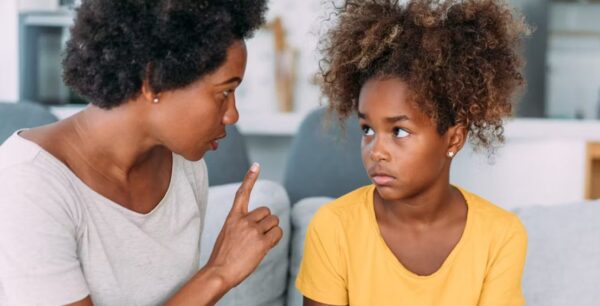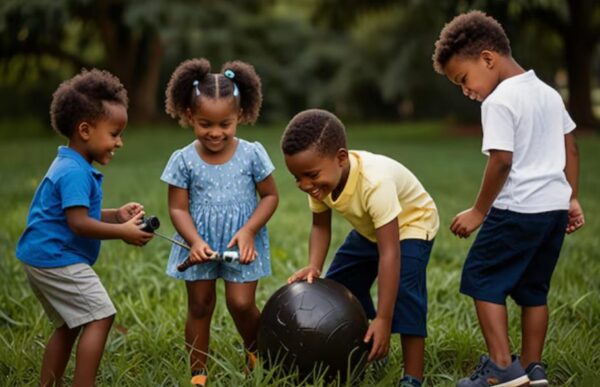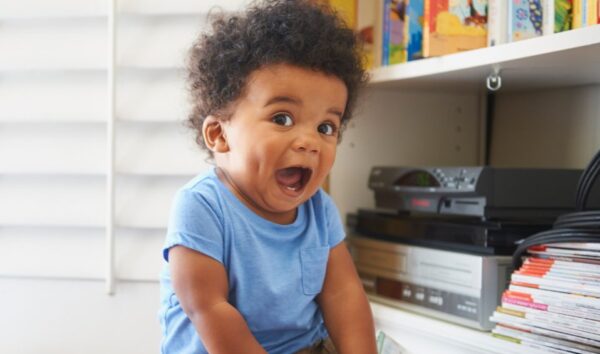Lifestyle
How music, drawing, or walking can actually help kids study better

How music trains the brain to remember
Soft background music, especially instrumental or nature-inspired, has shown positive effects on memory and mood. For children, humming or listening to calming tunes during study can reduce anxiety and create a steady rhythm in the brain. Neuroscientists explain this using something called the Mozart Effect, where listening to certain types of music boosts spatial-temporal reasoning.But the real magic unfolds when a child uses music actively, like turning a chapter into a song or clapping while memorising tables. When the brain combines rhythm with facts, it builds stronger neural pathways. It’s not noise, it’s memory in motion.
Why drawing isn’t a distraction
When children draw while learning, even if it’s just sketching shapes or random patterns, the brain enters a light state of focus called “diffused thinking.” In this state, ideas connect more freely.Drawing isn’t just an art activity. For some kids, it becomes a bridge between imagination and information. Sketching a science concept, for example, can make it stick far better than just reading it aloud. A simple pencil can often do what a long lecture can’t, help a child visualise and remember.
Why moving the legs spark the mind
Some of the world’s greatest thinkers, from Darwin to Steve Jobs, swore by walking to clear the mind. For children, especially those who feel restless after sitting too long, a short walk between lessons boosts oxygen flow to the brain and resets attention.Walking can increase creative thinking by up to 60%. Walking outdoors, seeing trees, or hearing birds are small sensory refreshers. For kids who feel stuck on a tough problem, a quiet five-minute walk might solve more than an hour of staring at a textbook ever could.
How movement helps organise thoughts
Dance is more than just fun, it’s structured movement. It teaches pattern recognition, timing, coordination, and body awareness. What’s fascinating is that these skills mirror what’s needed in mathematics and reading. Children who dance regularly develop a better sense of rhythm and sequencing, which can later support sentence formation or solving equations.Not every child needs to learn classical dance. Just jumping to music in the living room can bring benefits. It isn’t about performance; it’s about letting the brain and body learn in sync.
Why ‘doing nothing’ can actually do something
Often, children sit with open books but closed minds. This isn’t laziness, it’s overload. Moments of quiet creativity, like colouring, playing soft tunes, or even sitting under a tree, give the brain time to digest what it has learned. This is known as the “incubation period” in cognitive science. During these breaks, the subconscious mind continues to process information in the background. So, a child who stops to draw flowers after reading about pollination might actually be building a deeper understanding, not wasting time.










